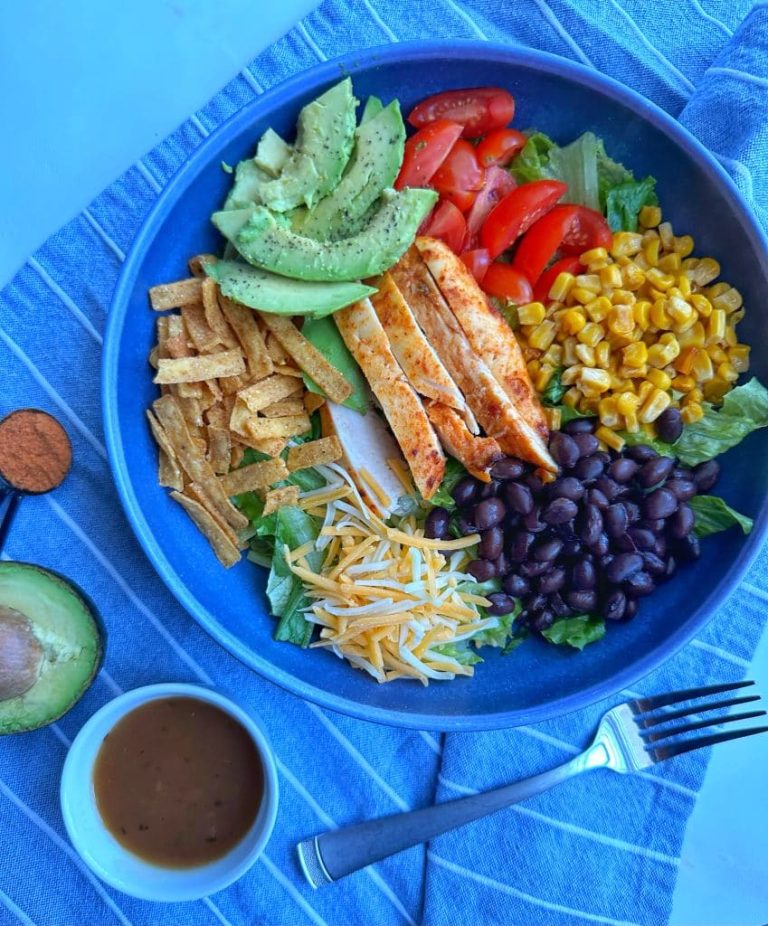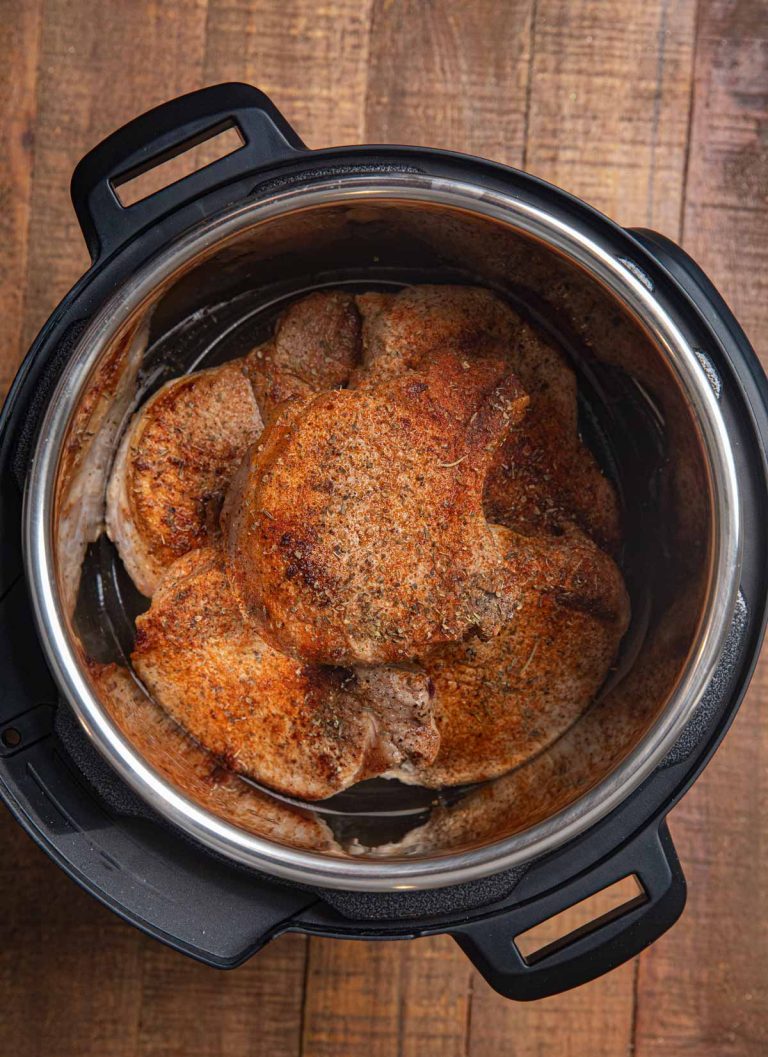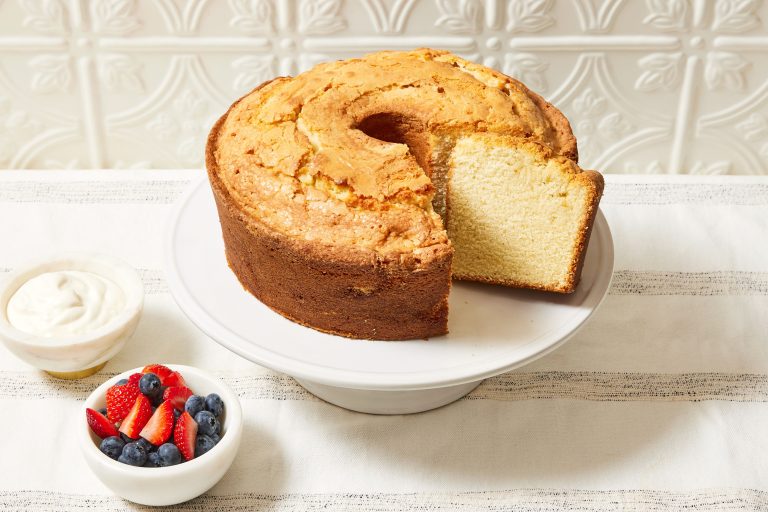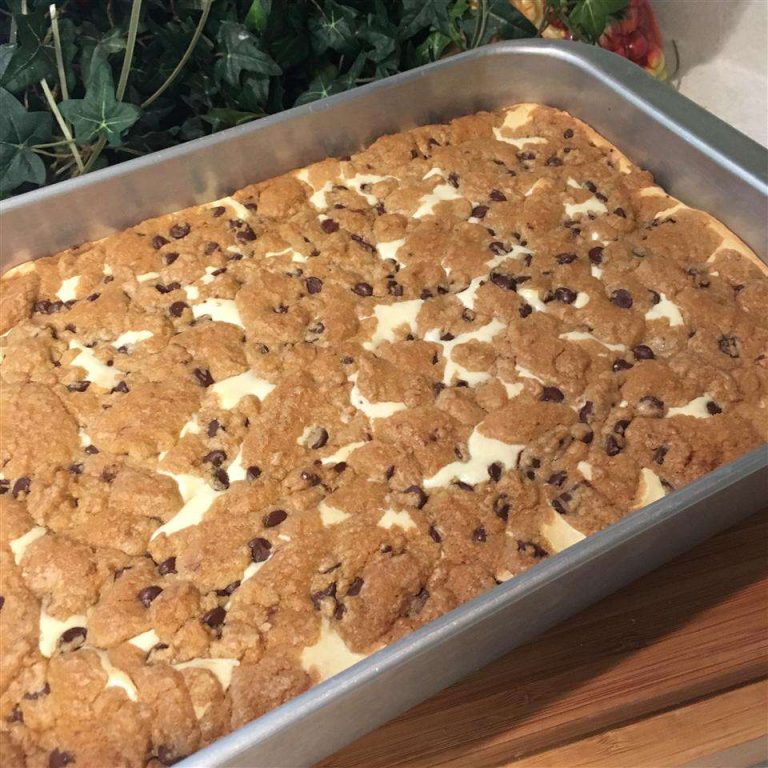Chicken Wellington: Best Recipe, Variations, and Pairing Tips
Chicken Wellington, an inventive take on Beef Wellington, emerged as culinary artists sought new ways to showcase chicken. While the precise origin is unclear, many chefs agree that the dish likely developed as part of modern adaptations of traditional recipes. The classic Beef Wellington, dating to the 19th century, features beef tenderloin coated with duxelles and wrapped in puff pastry. Chicken Wellington follows a similar preparation, substituting chicken for beef. This modification makes the dish lighter and allows for different flavor profiles. You’ll find Chicken Wellington gaining popularity in restaurant menus and home kitchens, reflecting its growing acceptance as a versatile culinary option.
Comparing Beef Wellington and Chicken Wellington
Although both Beef Wellington and Chicken Wellington share core ingredients like puff pastry, duxelles, and prosciutto, they differ significantly in texture and taste. Beef Wellington centers around the rich, bold flavor of beef tenderloin, which pairs well with the umami of mushrooms. Chicken Wellington, on the other hand, offers a lighter, more delicate taste, highlighting the subtle flavors of chicken breast. This makes it a preferred choice for those seeking a less robust meal. Another key difference lies in cooking time. Chicken Wellington generally requires less time to cook than its beef counterpart, making it a more convenient option without compromising sophistication.
Ingredients and Preparation Essentials
Key Ingredients for Chicken Wellington
Chicken Wellington, a refined dish, requires a few essential ingredients:
- Chicken Breasts: Boneless, skinless chicken breasts, around 4-6 oz each, maintain tenderness and even cooking.
- Puff Pastry: About 1-2 sheets of store-bought or homemade puff pastry provide a flaky, golden exterior.
- Mushroom Duxelles: 1 cup of finely chopped mushrooms, combined with shallots and herbs, create a rich, earthy filling.
- Prosciutto: 4 thin slices of prosciutto add a salty, savory layer that complements the chicken and duxelles.
- Dijon Mustard: 2 tablespoons of Dijon mustard offer a tangy, flavorful coating for the chicken.
- Egg Wash: 1 egg beaten with 1 tablespoon of water ensures a glossy finish on the puff pastry.
Step-by-Step Cooking Process
The preparation for Chicken Wellington involves several key steps:
- Prepare Ingredients: Season chicken breasts with salt and pepper. Sauté chopped mushrooms with shallots and herbs until golden, forming the mushroom duxelles.
- Assemble Layers: Spread a thin layer of Dijon mustard on each chicken breast. Lay a slice of prosciutto on top of the mustard-coated chicken. Spoon mushroom duxelles over the prosciutto.
- Wrap in Pastry: Roll out the puff pastry, cutting it into pieces large enough to encase the chicken. Place wrapped chicken breasts, seam-side down, on a baking sheet.
- Apply Egg Wash: Brush the prepared chicken parcels with the egg wash. This helps the pastry achieve a shiny, golden brown appearance once baked.
- Bake and Serve: Preheat the oven to 400°F. Bake the Chicken Wellington for 25-30 minutes until the pastry is crisp and golden. Let it rest for 5 minutes before serving to allow juices to redistribute.
These steps ensure a well-executed Chicken Wellington, offering a gourmet experience with minimal fuss.
Variations of Chicken Wellington
Regional Twists on the Recipe
Chicken Wellington boasts many regional adaptations, adding local flavors and ingredients. In Italy, chefs often use Parma ham instead of prosciutto, infusing the dish with a distinctly Italian touch. In France, some versions incorporate truffle paste into the mushroom duxelles for a richer, earthier flavor. British versions sometimes feature Stilton cheese alongside the traditional ingredients, pleasing blue cheese enthusiasts. Each twist maintains the classic structure while offering unique taste profiles.
Vegetarian and Vegan Alternatives
For vegetarians, Chicken Wellington can be easily adapted by substituting the chicken with hearty vegetables like portobello mushrooms or eggplant. Mushroom duxelles and puff pastry remain key, providing the needed texture and flavor. Vegan options typically use plant-based substitutes and dairy-free puff pastry. Ingredients like marinated tofu or seitan replace the chicken, while nutritional yeast or vegan cheese stands in for dairy components. This variant ensures that dietary restrictions don’t compromise the gourmet experience.
Pairing and Serving Suggestions
Best Side Dishes
Complement Chicken Wellington with well-chosen sides to enhance flavors and textures. Opt for roasted vegetables like asparagus, carrots, and Brussels sprouts to bring out the dish’s earthy notes. Mashed potatoes or creamy polenta add a comforting, velvety contrast to the crispy puff pastry. A fresh, green salad with a light vinaigrette balances the richness, while sautéed spinach or kale offers a nutritious, savory element.
Wine Pairings for Chicken Wellington
Choose the right wine to elevate your Chicken Wellington experience. A full-bodied Chardonnay pairs well, its buttery notes matching the pastry’s richness. For red wine lovers, a Pinot Noir with its subtle tannins and fruity undertones complements the chicken and mushroom layers. Sparkling wines like Champagne provide a refreshing contrast, their acidity cutting through the dish’s flavors. Ensure your wine choice enhances rather than overpowers the meal.
Conclusion
Chicken Wellington offers a delightful blend of flavors and textures that can elevate any meal. With its versatility and the ability to cater to various dietary preferences, it’s a dish that can be enjoyed by everyone. Whether you’re a seasoned chef or a home cook looking to impress, Chicken Wellington provides an excellent opportunity to showcase your culinary skills. Pair it with the right sides and a good wine, and you’ll create a dining experience that’s both memorable and delicious. Dive in and let your creativity shine with this classic yet adaptable recipe.
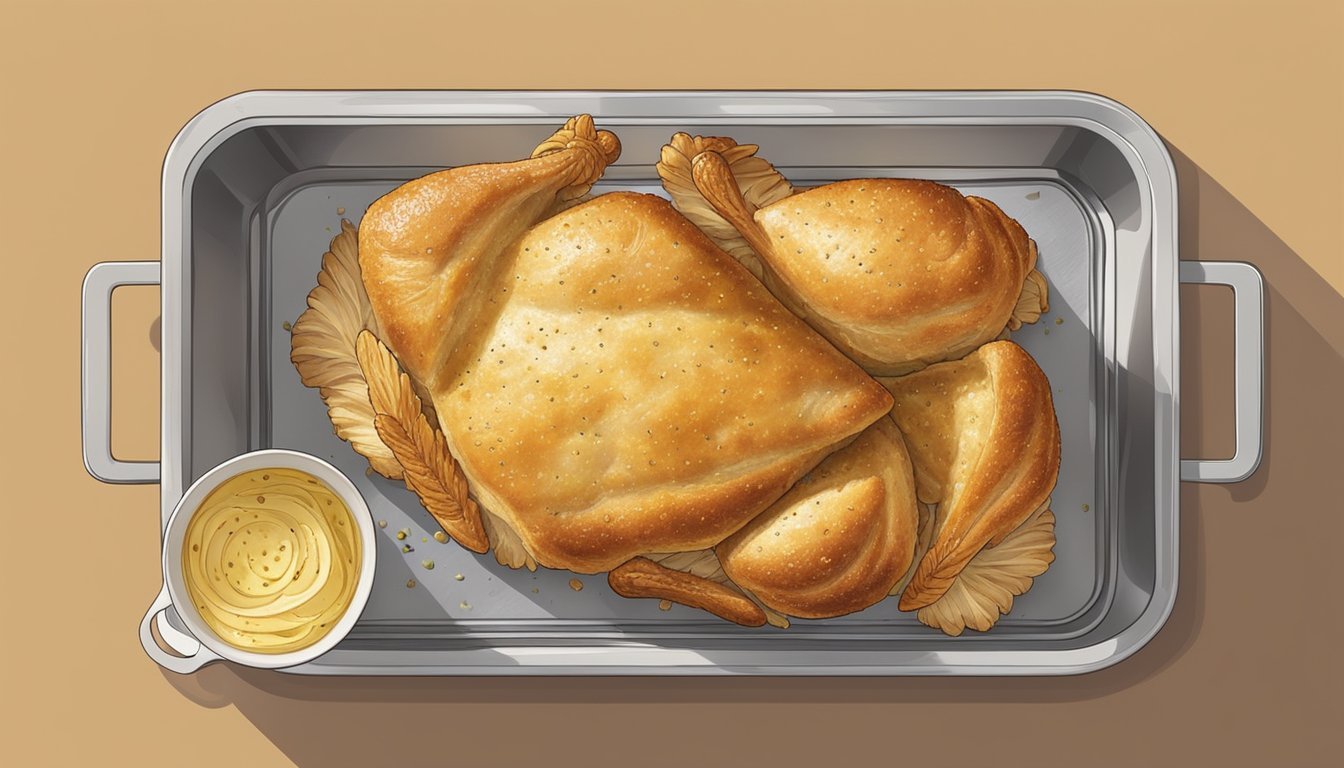
recipe-768x431.png)

